Sonokinetic Largo Review – A Library of Orchestral Loops
30If moving at a snail-like pace is something you have to score within your music, Sonokinetic’s new library could help speed things up, as Dave Gale explains… Price €299.90 Contact Sonokinetic | www.sonokinetic.net Largo key features: Library of orchestral loop/phrase-based content String, Woodwind and Brass sections included Lite economy mode available Requires NI Kontakt Player Komplete […]
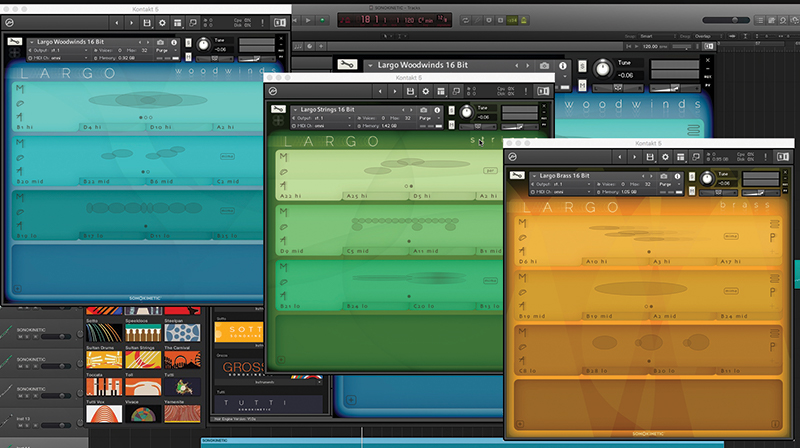
30If moving at a snail-like pace is something you have to score within your music, Sonokinetic’s new library could help speed things up, as Dave Gale explains…
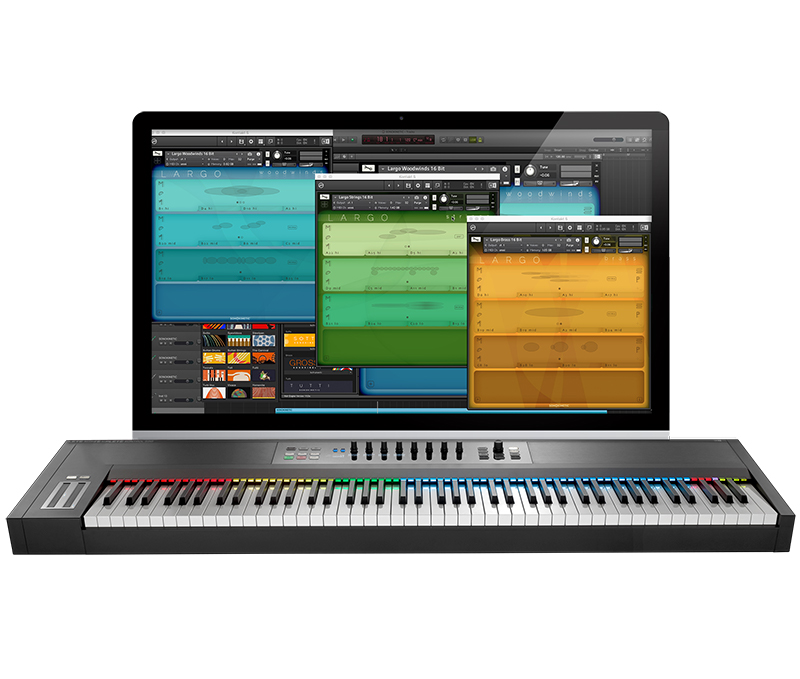
Price €299.90
Contact Sonokinetic | www.sonokinetic.net
Largo key features:
- Library of orchestral loop/phrase-based content
- String, Woodwind and Brass sections included
- Lite economy mode available
- Requires NI Kontakt Player
- Komplete Kontrol and NKS Compatible
- 44.1kHz/16 & 24 bit samples included
- 44000 samples within entire package
- 108.4Gb disk space required for samples
As if to ensure exactly what it stands for, Largo draws immediate inspiration from the Italian musical term, where Largo means slow or broad; the clue, as they say, is in the name. Where the instruction Largo sits as a BPM count might typically be from around 40-50BPM, although as is the case with many forms of classical music, this is not an exact science, and while Sonokinetic’s offering might have been recorded slowly, it will lock to all manner of DAW-based tempos.
Slowly and steady
With a pretty substantial amount of content, Largo is firmly a phrase and/or loop-based library, which is designed to offer phrases that are especially suited to slower tempi. Thanks to some smart automatic sync’ing technology, phrases will intelligently switch tempo to something that doesn’t sound immediately outlandish, so if you choose to run at 110BPM, Largo will offer something which is in truth a more sedate 55BPM.
This throws open a very interesting question though, as many of the phrases offer semi-quaver movement (16th notes) which could be argued are not hugely attributable to what you might call Largo, but the good news is that there is plenty of choice within the phrases to select something which is slower in pace, if so required.
Selection is a simple process, in common with other Sonokinetic libraries, where a graphic represents the movement and amount of re-articulation, but with the notation available via a click on the phrase field in question. A helpful audition icon allows you to hear what you’re choosing, making for a quick and painless experience, which is very helpful indeed.
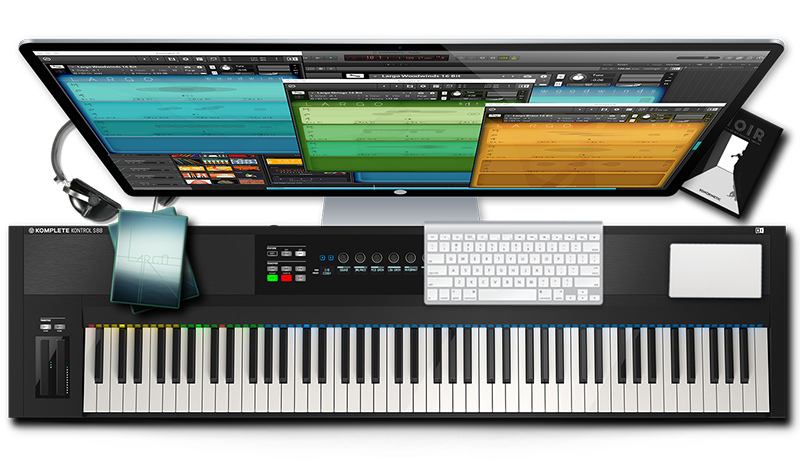
The recording quality is pretty good, offering a fairly dry and consistently well-balanced sound, with the option to exploit further choice of the recorded depth of field, between the closeness of the default Decca Tree and the far/wide mic’s which are placed in a more ambient setting. At its most ambient, the signal is pretty clouded, but settling on the perfect balance is easy and effective.
Largo offers three instrumental sections, these being Strings, Woodwinds and Brass, with options for high, mid and low instrumentation within each, so it’s firmly up to the user to choose and balance that they might like, with options for placing all sections together within Kontakt, as a tremendous Tutti, or key-switching sections and phrases in and out.
As is often the case with all loop-based libraries, it’s a challenge to get Largo to offer continual interest, good as the phrases are, and I found that I had to work pretty hard to get things to gel, for a number of reasons. Firstly, when working within the DAW, there was a fair degree of work required when getting phrases to sit with each other.
The nature of the Largo beast is that certain phrases may creep in and take a few milliseconds to get going, where instrumentation with tighter articulation such as the Woodwinds would lead the charge from the first beat. Possibly associated with this point, I did find that there were musical synchronisation issues with some of the phrases, where they might not always lock in with the tempo of the DAW, however a good solution here might be to exploit the option for exporting the associated MIDI from the phrase, and shore up the musical intent with another played sample. Dynamic control is only available through change of overall volume, which is applied through MIDI via the Modulation wheel.
Slow-mo in action
With my section player hat on, I was aware of tuning discrepancies in the upper and lower woodwinds and the lower brass, in some phrases, which in itself isn’t an enormous issue as it’s all part of the human performance, but in the context of a looping sample will draw the listeners’ ear to the fact that the tuning issue may repeat, and give the game away, which can always be challenging when trying to sound realistic.
I was also surprised that there is a lack of phrases in 3/4 time; Largo’s content was recorded in 4/4 time, and Sonokinetic report that regardless, most phrases will be suitable for use in 3/4 time. I have to admit that I wasn’t hugely convinced by this outlook, especially as certain phrases employ accents which would cut across the time, jarring with a 3/4 feel.
It is fair to say that the more static and swel-based chords would perform fine in this setting, but anything that offers pitch-based movement didn’t seem to work so well. If you’re going to work in a triple time, the chances are you will want to endorse this by use of a suitable down-beat, and this isn’t forthcoming in this loop-based context.

The triggering of samples is made via the deployment of a suitable triad within the lower part of the keyboard. Largo only responds to Major and Minor chord types, with further chords being wholly ignored, so plonking down a 7th chord or a sus chord will trigger no sound, as Largo fails to play ball.
Even more curious regarding this issue is that many of the phrases, especially those based around a minor tonality, will veer into the World of the Sus chord anyway, as is the strong connection for chordal ambiguity between the two, so I wondered why there was a decision not to invoke these phrases when playing said chord.
Conclusion
There is no doubt that Largo offers something for most people; if you love the idea of orchestral textures in your music, this can doubtless help this pursuit, meanwhile you might just want some orchestral bedding to create some quick fixes for your music, adding further layers to what you already have. Where I feel Largo becomes more challenging is in its use in more exposed settings. There are some very clever cross-fading features at play that can ultimately deliver a natural sounding performance, but with exposure there is no doubt that you have to work quite hard to get it to sound natural.
I did find that when placed with other instruments within a track, there was a need to tweak to get things to sit, especially with some of the slower speaking instrumentation, or instruments such as French Horns, which often speak late due to their bells facing away from the frontal microphones, but overwhelmingly it was the restriction to basic triadic harmony that I found the most limiting, which probably says more about me as a composer than anything else.
Do I really need this?
This library will easily appeal to users who are inexperienced within the field of orchestration and would like some assistance, in order to get something which sounds epic within their work. Within this arena, Largo has plenty to offer, but you might find yourself needing to work quite hard, mixing phrases up, in order to get it to both sound realistic and also sit within your track.
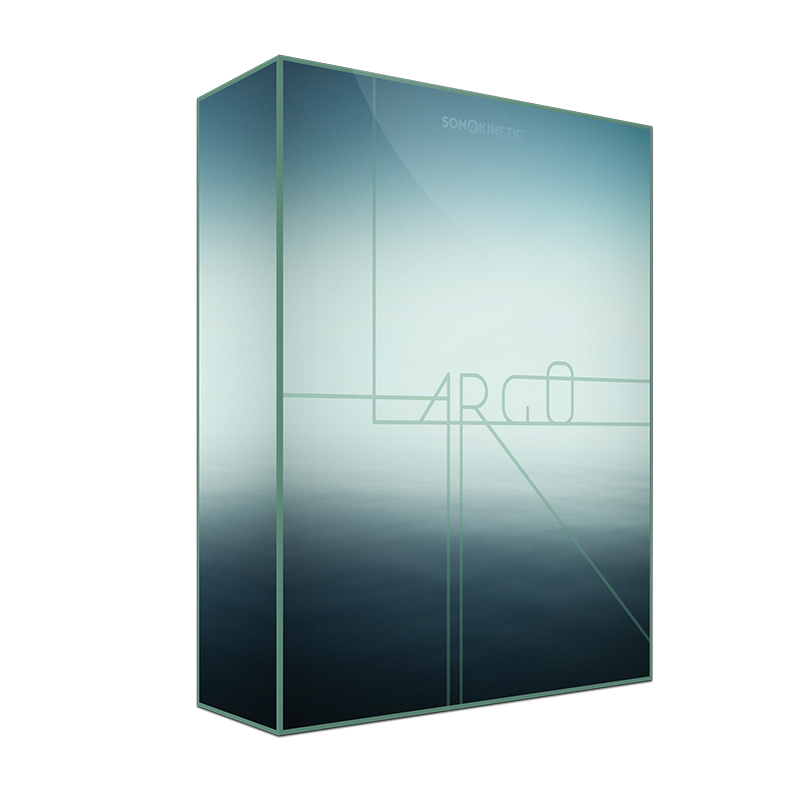
There is certainly plenty to get stuck into, and if you find yourself scratching your head when it comes to harmony, this will be able to deliver impressive results straight out of the box. Advice dictates that the more you work with it, the better and more believable it will sound.
Alternatives
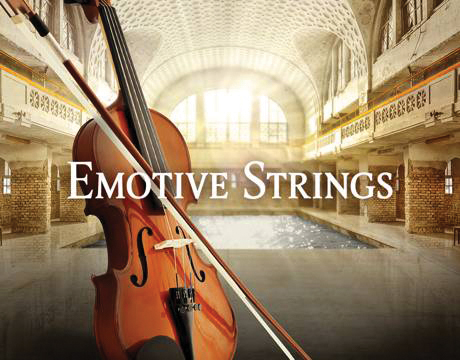
Native Instruments
Emotive Strings £249
As the name implies, this library only offers strings, and plenty of them with 28GB of beautifully recorded phrases which are perfect within a number of differing settings, from the emotive to the slower end of the scale. Expensive on its own, but a bargain when purchased as part of NI’s Komplete.
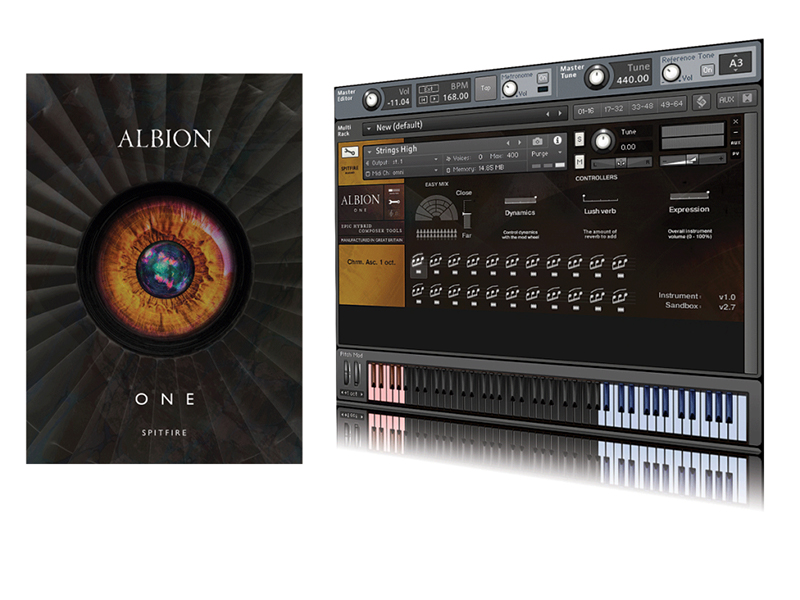
Spitfire Audio
Albion One £399
Although not a phrase or loop-based library, Albion One continues to be something of a Gold standard when it comes to a great starter package which is as capable and giving as it can be. The instrumental sounds play right out of the box!